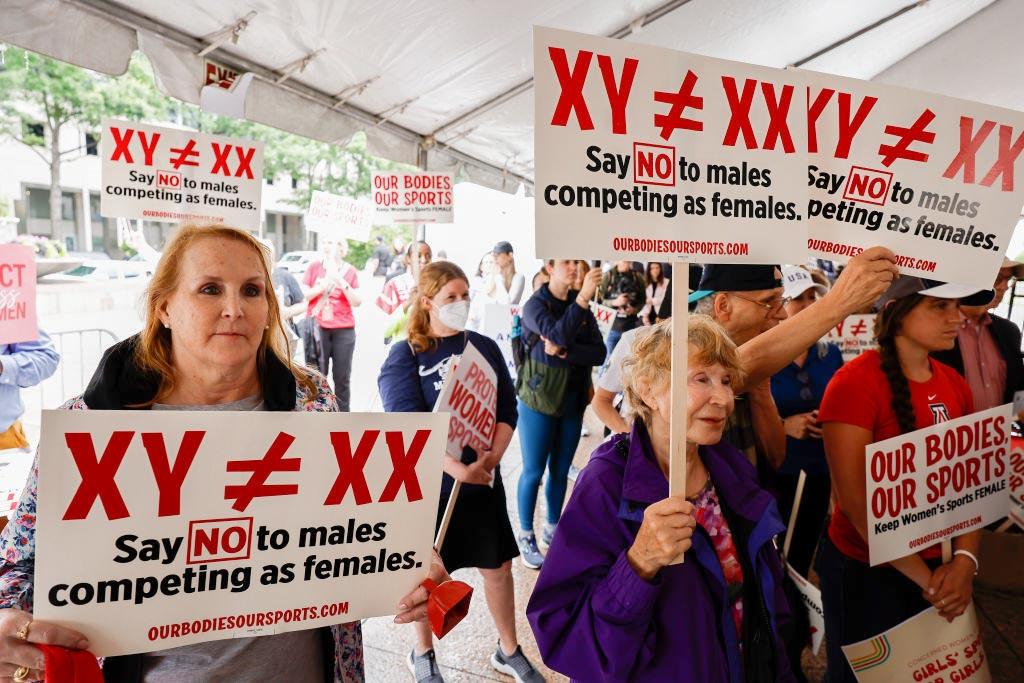A California ruling that the state cannot bar gun owners from having detachable magazines that hold more than 10 rounds has given Oregon litigants optimism about overruling a similar ban in that state.
The California case closely mirrors litigation over Oregon’s voter-approved Ballot Measure 114.





